The Key 2022, The Top of the Classic Car World
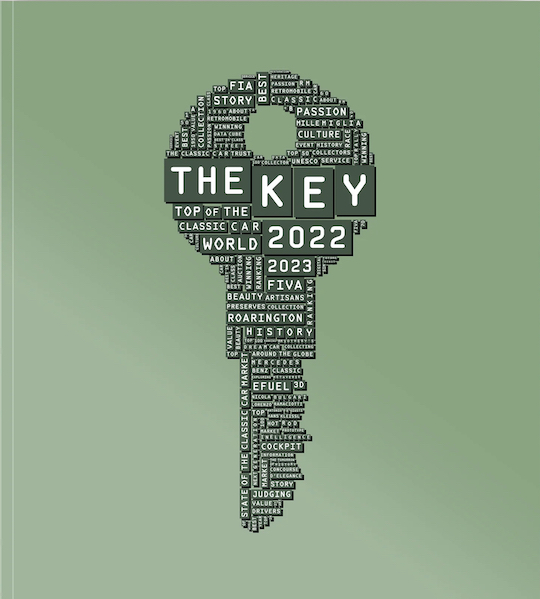 Antonio Ghini, editor
Antonio Ghini, editor
“Our assessment of collector profiles starts with an optimistic note: concerns about the potential loss of extensive collections due to the passing of their creators have diminished. In recent years, several prominent collectors who had assembled collections of historical and cultural importance have passed away. Except for . . . “
So, what color is your latest key? The newest, fifth one is green and if you know what we’re talking about you’ve surely been eagerly awaiting it. This year’s newsflash: all roads lead to Roarington, the Classic Car Metaland. If all of this is too confusing, let’s rewind the tape.

The Classic Car Trust (TCCT) founded in 2013 in Liechtenstein started in 2018 to publish a yearbook called The Key. The name surely has something to do with the image of a key unlocking something, in this case understanding of the classic car world. It is a yearbook or annual only insofar as it is published once a year. Also, strictly speaking, it refers to itself as a magazine, but at 292 pages in this edition it runs circles around many a book.
Back to the intro quote. No point in excerpting more because there’d be no stopping! If that data point is of interest to you, you will not find it or any of the others anywhere else because the methods for acquiring the data are proprietary and no matter what you think of its veracity, it puts a common floor under the discussions people can have about it.
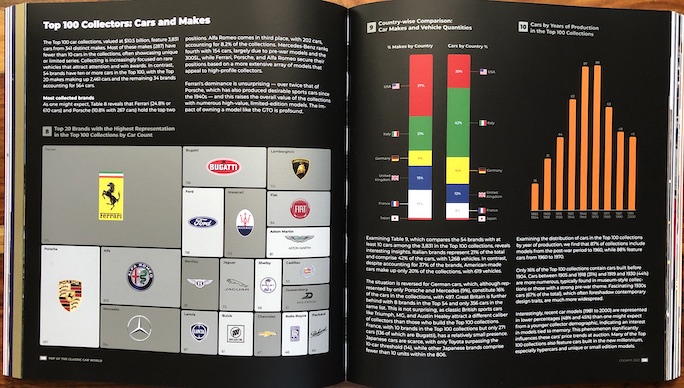
The power of graphic design: the silver blocks on the left represent auto marques; with one glance you apprehend that larger blocks mean more of that marque are in the Top 100 collections. But if you want to express that in percent you’ll have to do your own math and first tally the numbers given in the lower left corners.
Two practical issues for anyone who has previous Keys: the data sets are not presented in the same format, which makes comparisons harder, and some data is unique to this edition.
Why should the TCCT have put itself up as the arbiter of matters of global import to not just the collector car world but its very top (see subtitle), the elite, the cream of the crop? Partly (largely?) it has to do with the Trust having deep resources to bring to bear, and an enormous portfolio of specialty services offered, which in turn results in a deep bench capable of making quality contributions. You’d recognize many of their names; this year’s cohort of eight is once again helmed by Antonio Ghini acting as editor and also author of six of the 16 chapters.
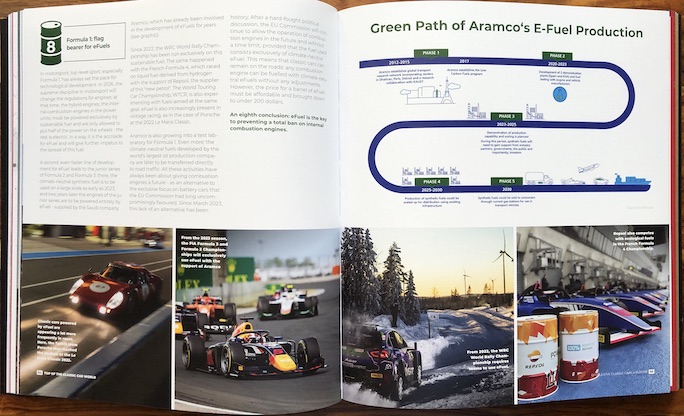
This is a tremendously big topic—except in the US. By 2023 the EU was going to completely ban IC engines but that has now been tabled thanks to eFuel. This article deals more with political and business factors and while it speaks in glowing terms of the “post-fossil age opening a great future for classic cars” and that “old engines and new fuels are perfectly compatible” there is no mention of additives that vintage IC engines need already today, or other fossil-based products required in the operation of vehicles.
The Table of Contents this year calls for a comment. Some of the chapters are self-explanatory or at least unambiguous (“Two Tones”) but others leave the reader rather in the dark. What, for instance, would you expect to find in “A Man and his Religion” or “The Role of the Hole”? The former is about German SL300 whisperer Hans Kleissl (“religion” because he set up shop in a former monastery? Incidentally, that chapter is written by someone who wrote an entire book about HK) and the latter about car grilles. Nor does the TOC tell you who did what; if you, for instance, espied the name of F1 tech expert Giorgio Piola as a contributor, it is a letdown to discover that he merely illustrated someone else’s chapter on TCCT’s big news from last year, the eClassic simulators.
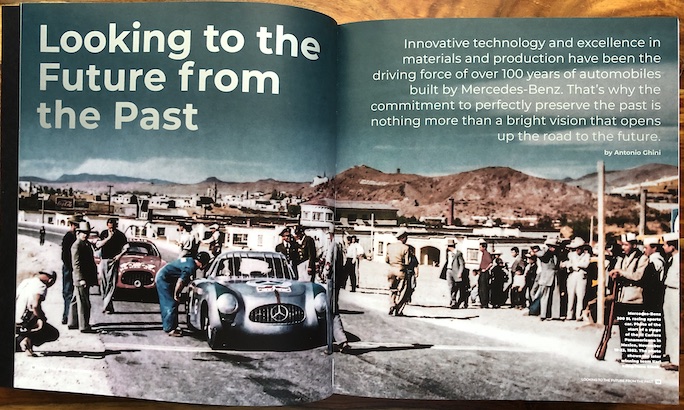
Trick printing.
In addition to the above there are essays on Mercedes-Benz history (in view of the fact that 2022 saw the sale of the most expensive car ever, the Uhlenhaut Coupé, the interview with M-B’s Head of Heritage, Marcus Breitschwerdt, ought to be of special interest), the status of eFuel, hot rod culture, a look at car styling through the eyes of Lorenzo Ramaciotti, a conversation with Maserati’s Adolfo Orsi, the artwork of Antonio de Giusti, the collection of Fondazione Bulgari by way of 12 model cars made by Brooklin (which Bulgari has recently acquired to ensure its survival), and bespoke classics in India. Plenty of variety, and all on substantial paper and with smart design and trick printing.
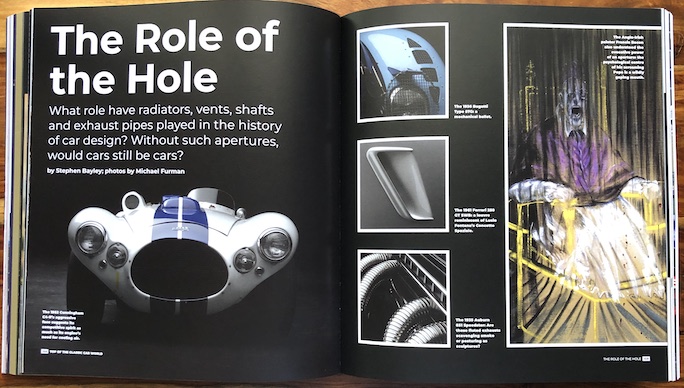
Look at the title. Could you really be surprised that this is Stephen Bayley’s chapter?
As to the Top 100 Collectors it is interesting to see that most of the names have carried over, but in different slots and for the first time an Indian collector made the cut. TCCT does explain the scoring system and while it mostly consists of hard objective data there are also imponderables (“virtually impossible to evaluate scientifically”) such as the status or reputation a collection has among peers, or participation in 20 of the most significant car events worldwide. (To illustrate: last year Arturo Keller made no. 1 with a score of 84 but this year, despite a higher score, cedes the top spot to Ralph Lauren.) How relevant any of this is in the real world is not our place to opine about.
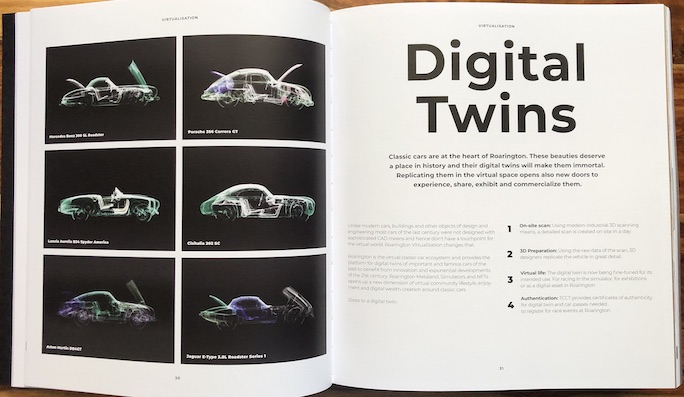
Are you ready for the metaverse?
And speaking of the “real” world . . . the metaverse is this year’s head-scratcher, the virtual world of Roarington. This is so big a topic to the TCCT that they not only devote over 30 pages to describing it but printed it as a separate feature, upside down in relation to the main book, at the back, meaning it is either the first or last thing you see depending on where you start to read. “Roarington’s aim is to make the great automobiles of the last century more accessible to a new generation. In doing so, the icons of automotive history will be re-experienced and at the same time immortalized with the help of their digital twins.” It is still being built so unless “digital twins” and “Unreal Engine Pixel Streaming Technology in a 3D experience” mean anything to you, you’d best go to the TCCT website for enlightenment because we’re fresh out.
So, once again, full marks for originality and stimulating content.
Copyright 2023, Sabu Advani (speedreaders.info)


 RSS Feed - Comments
RSS Feed - Comments
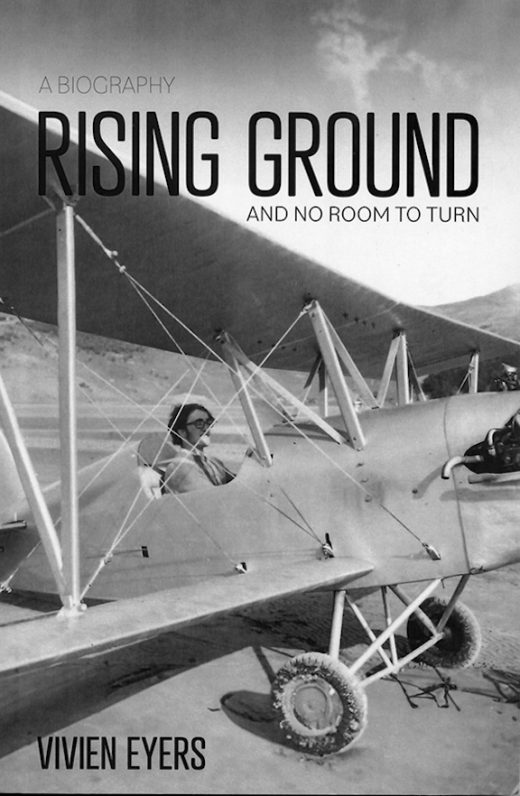
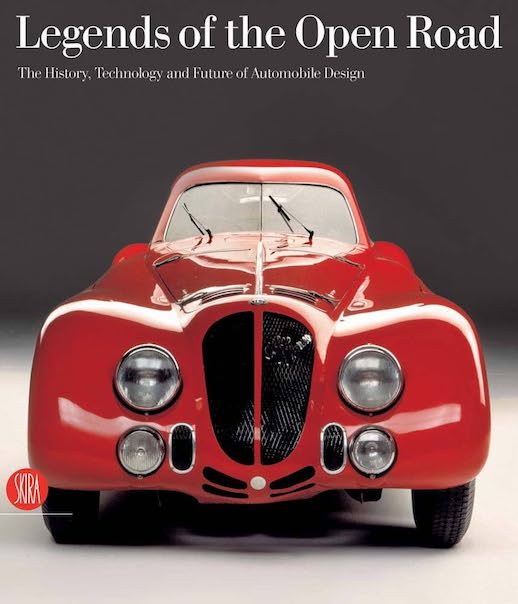
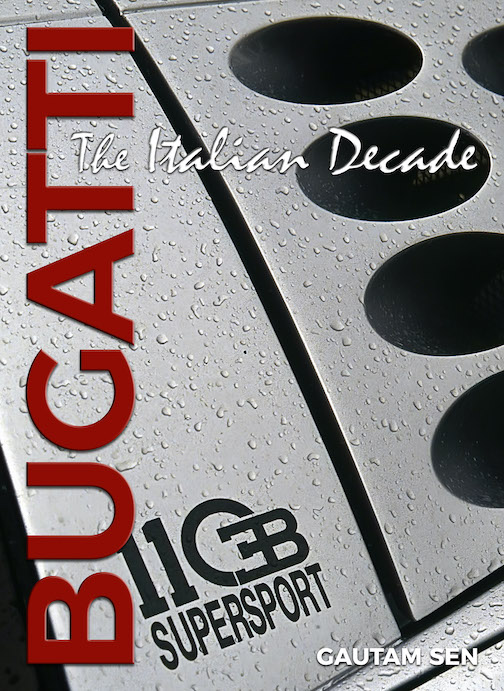
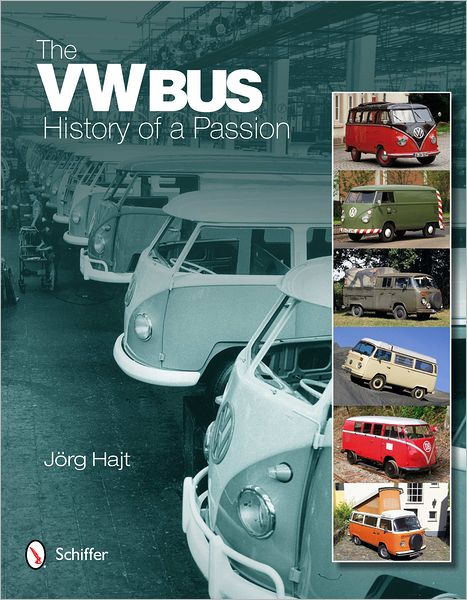

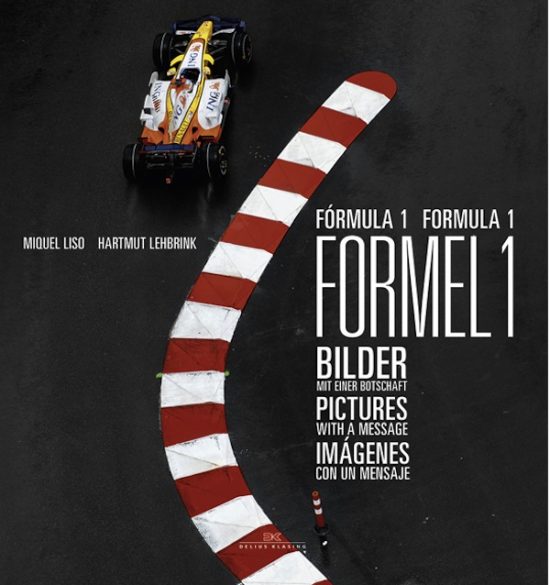
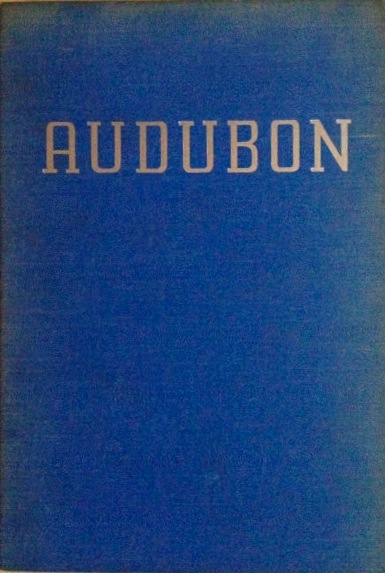
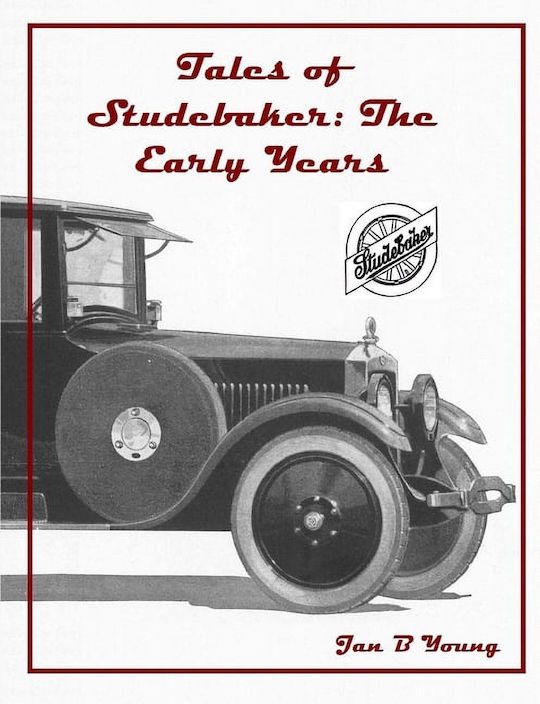
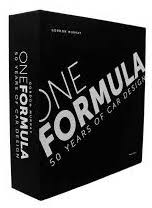
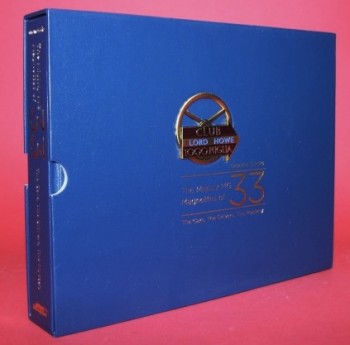
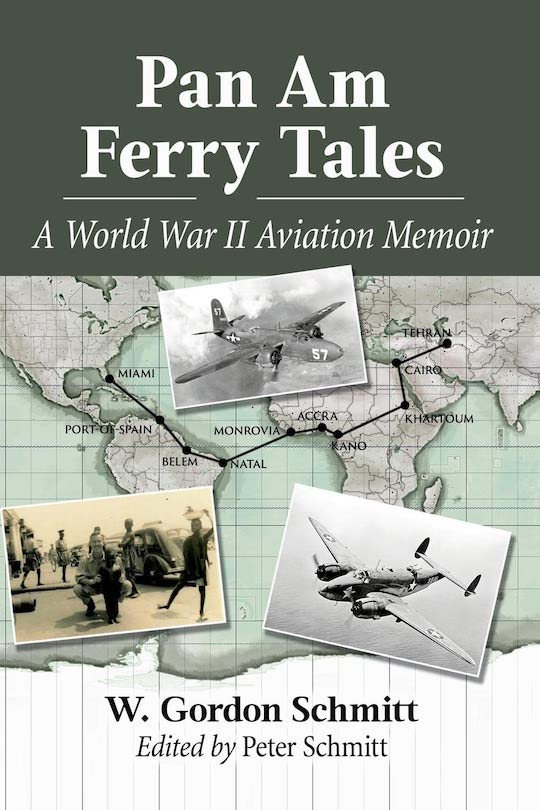


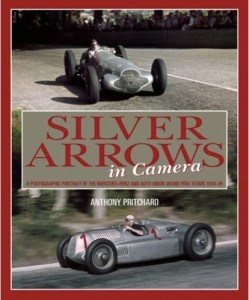
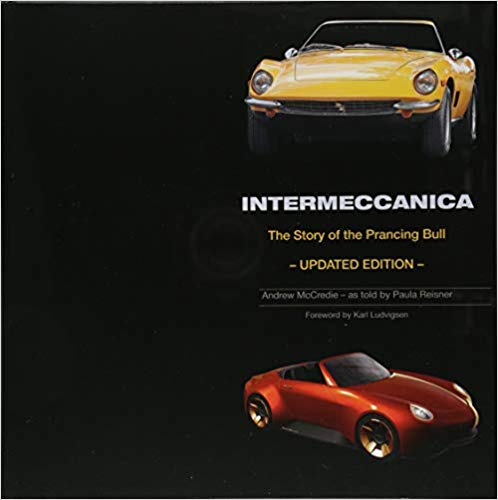
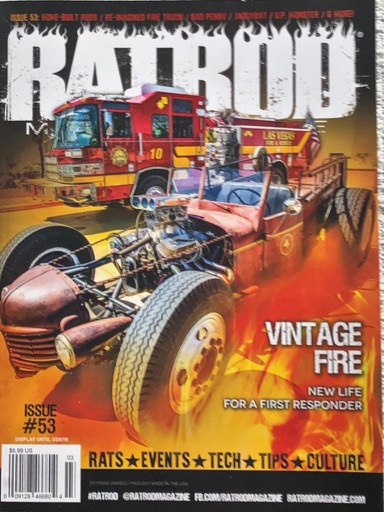


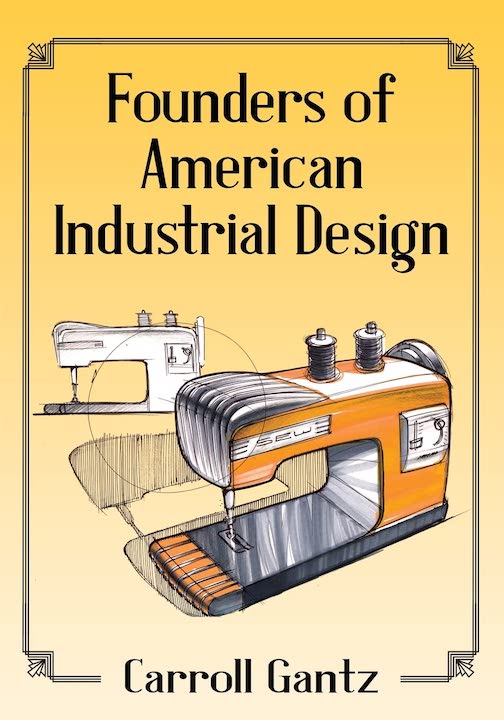
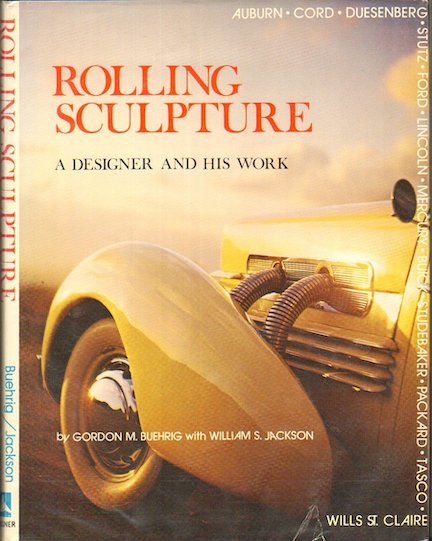
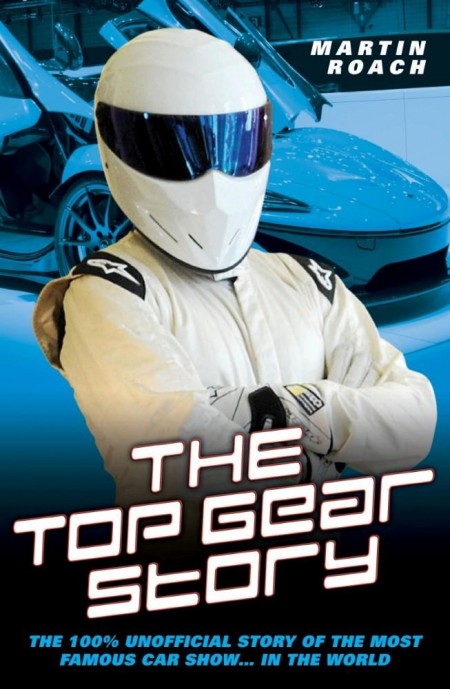
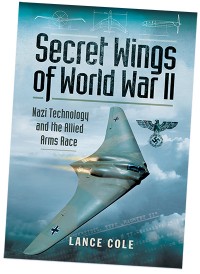
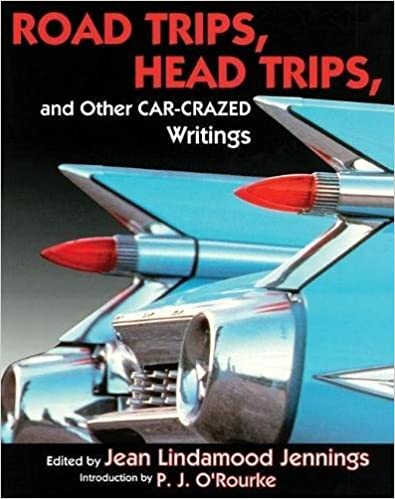
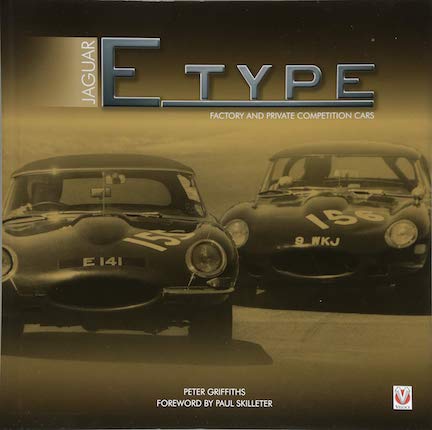
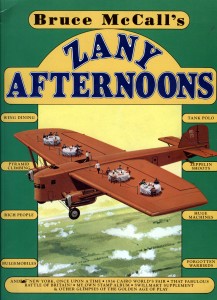
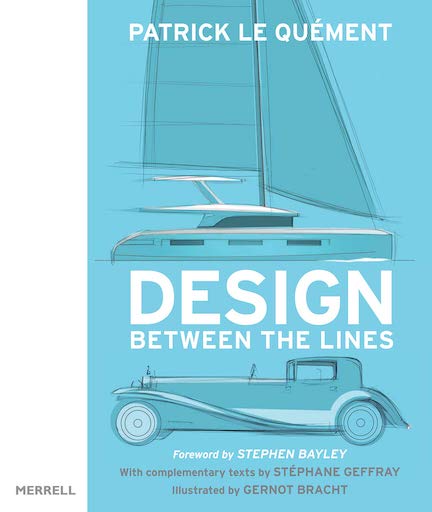
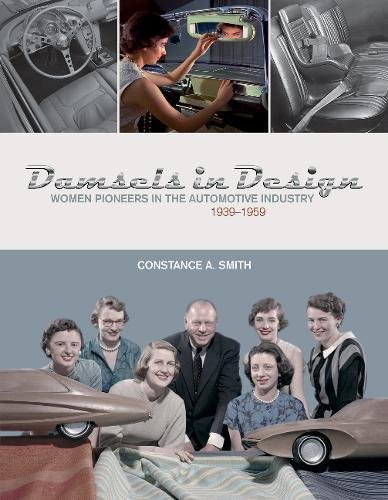
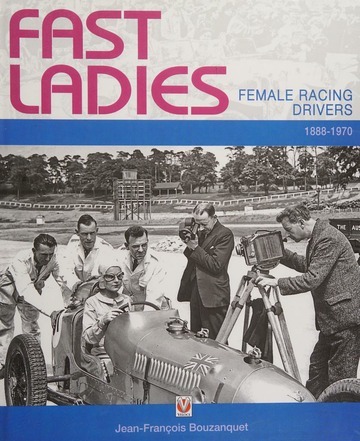
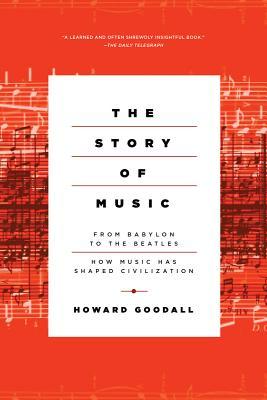

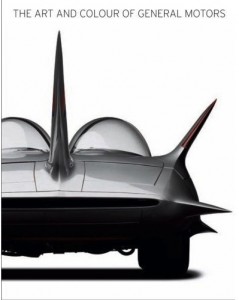
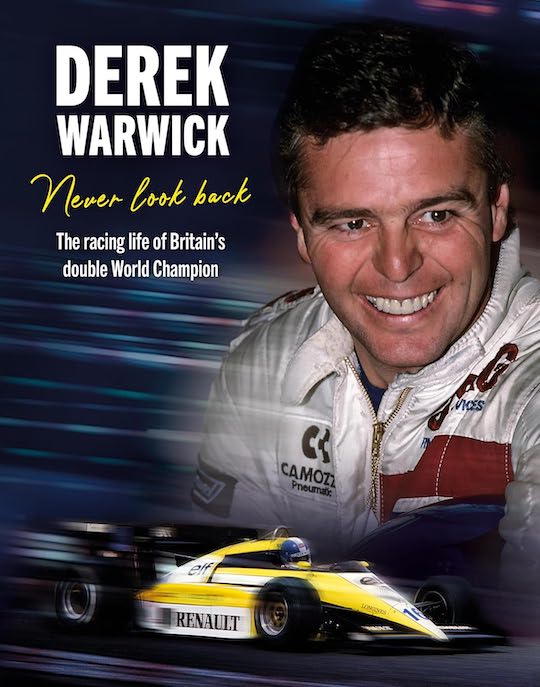
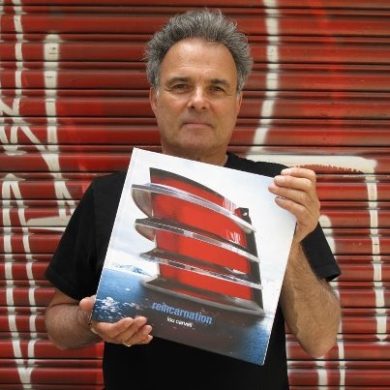
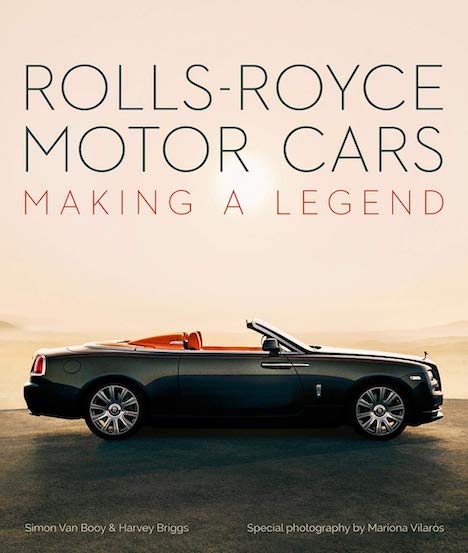
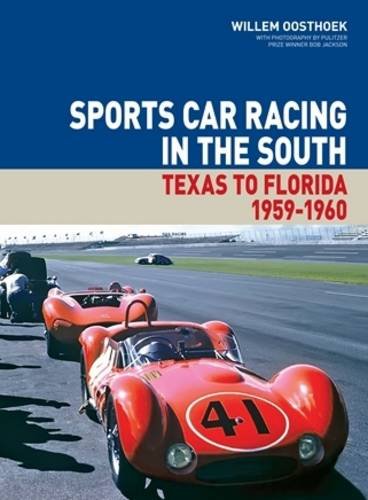
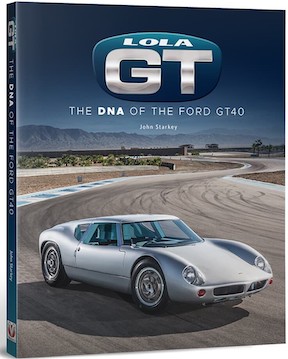
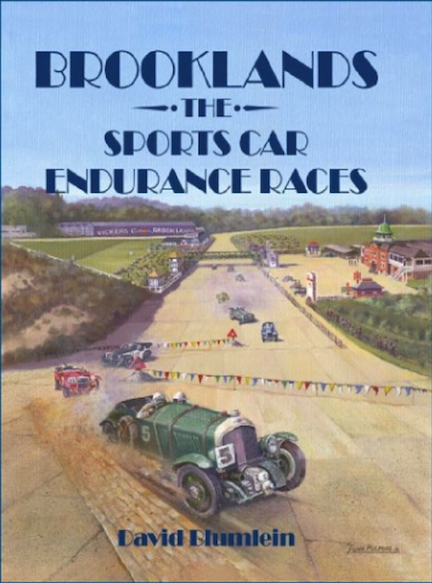
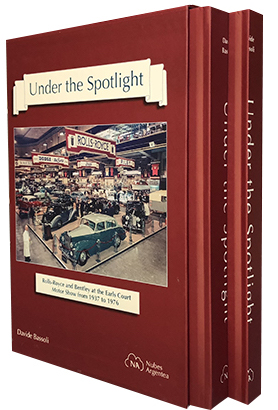
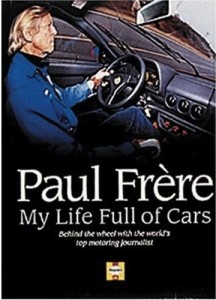
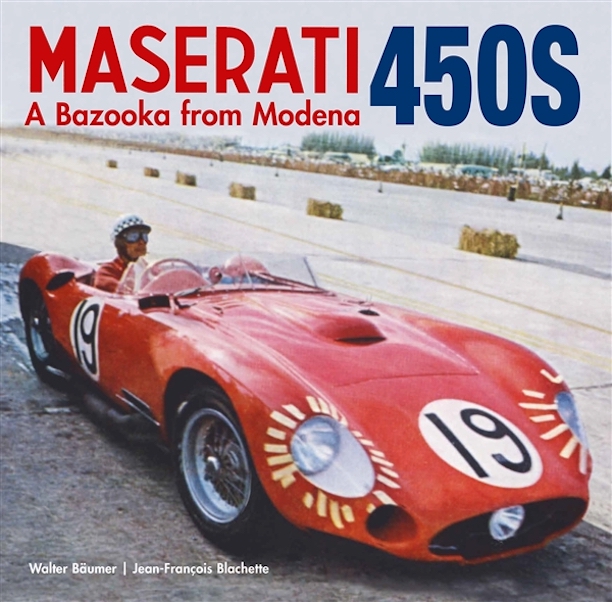
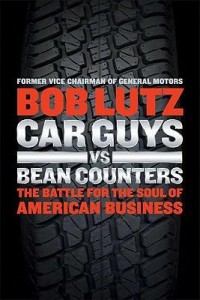
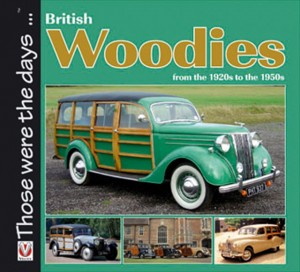

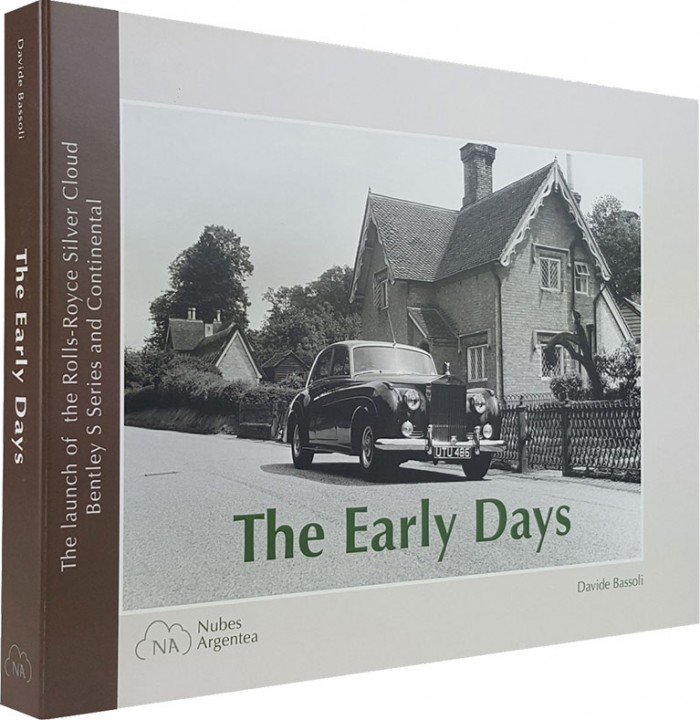

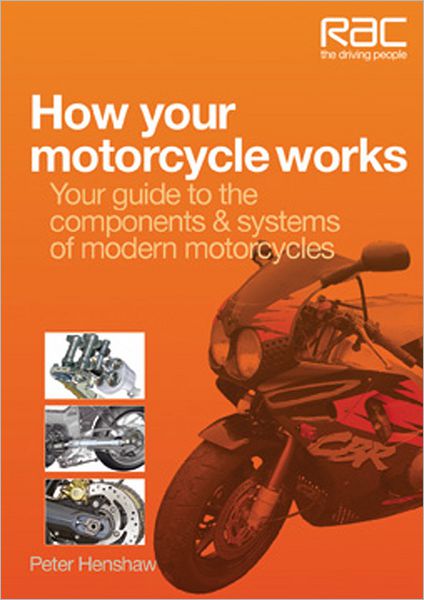
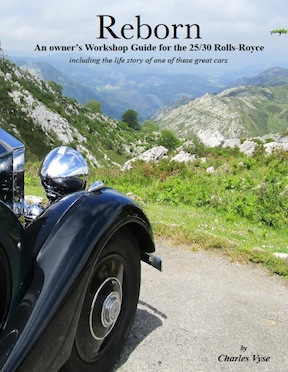

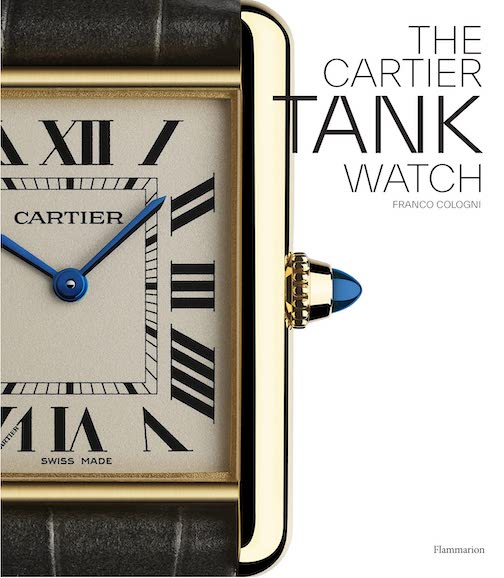
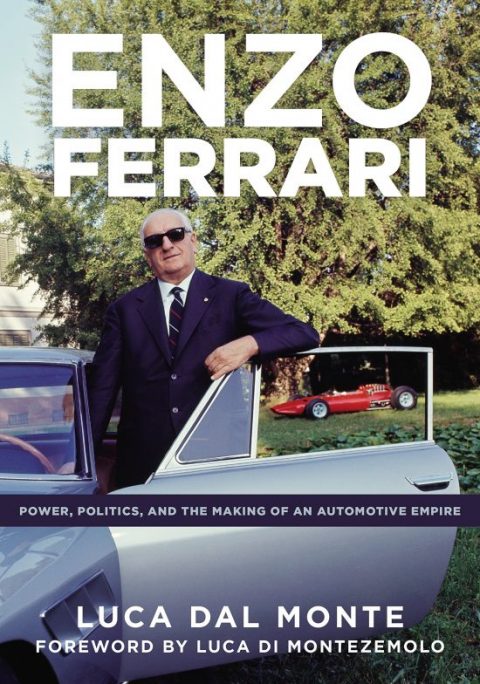
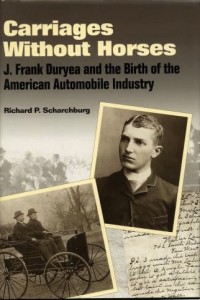
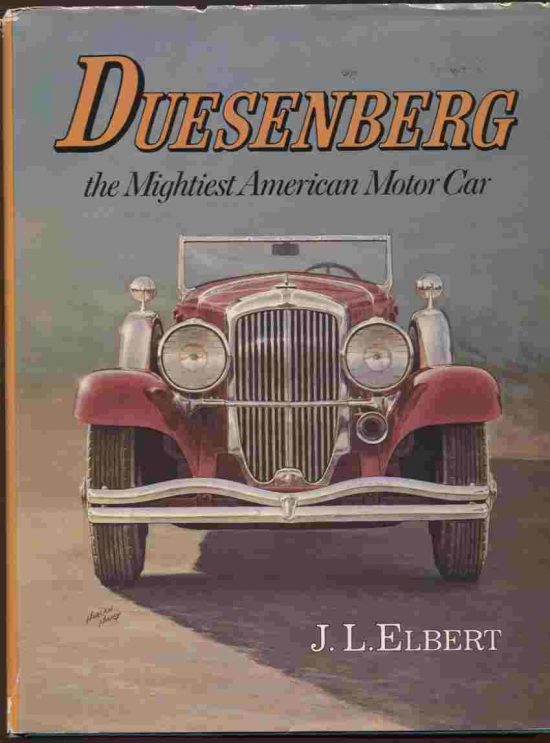
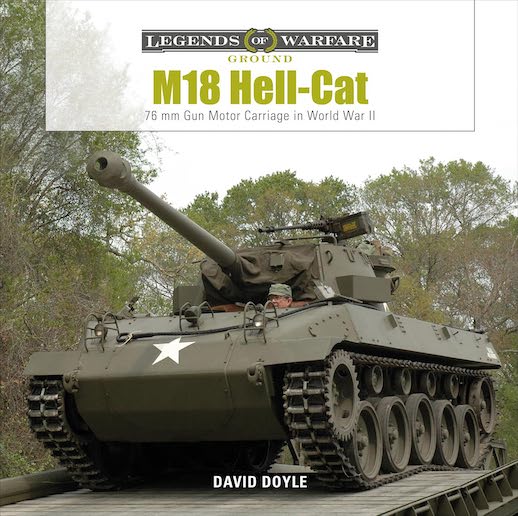
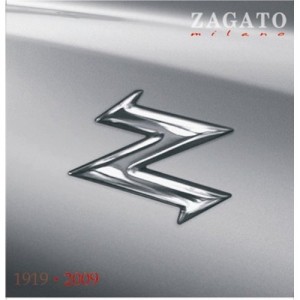


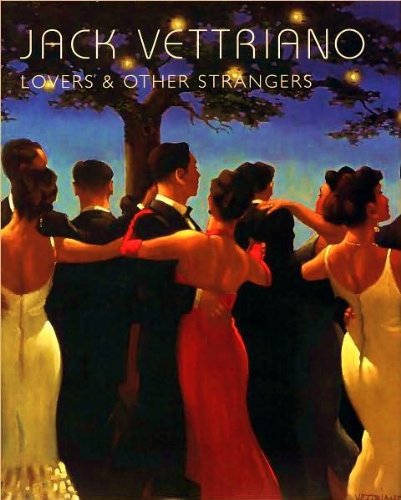
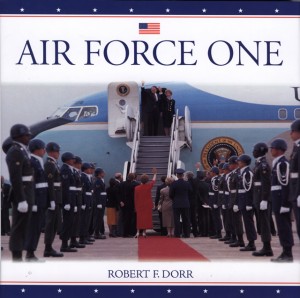

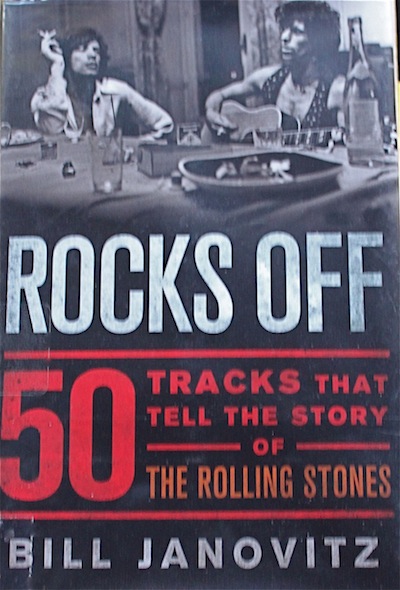
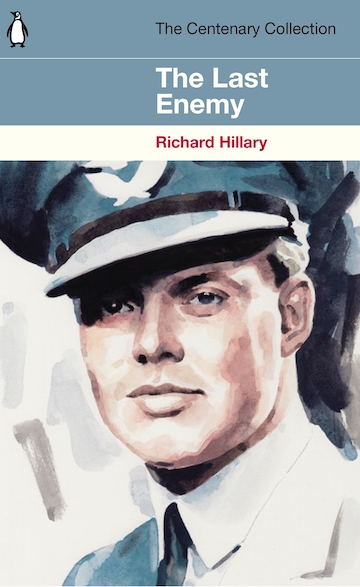
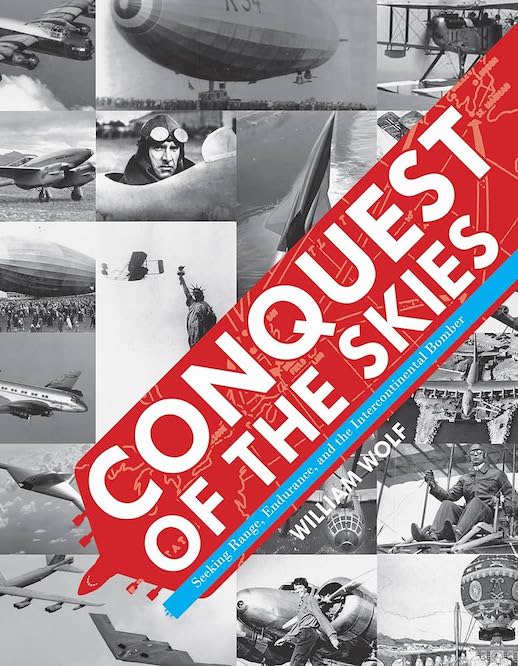
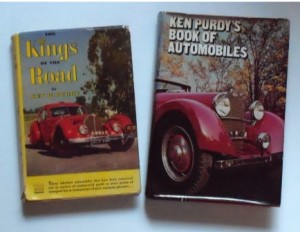
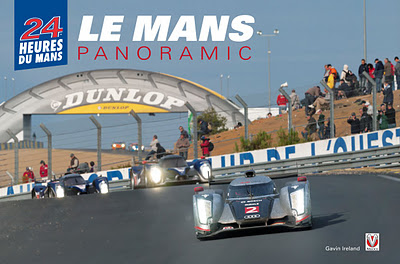
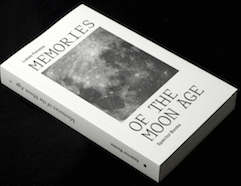
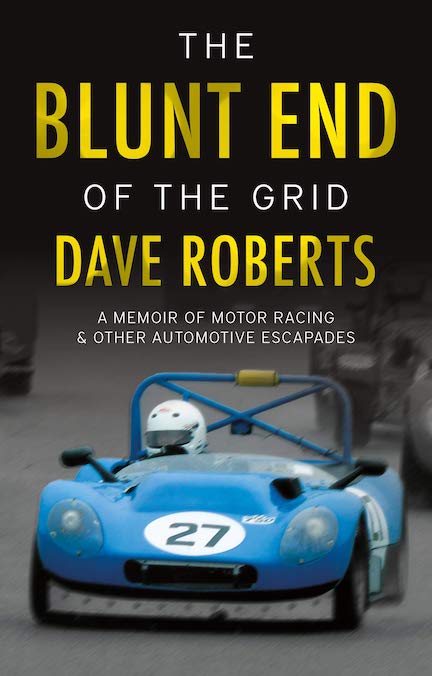
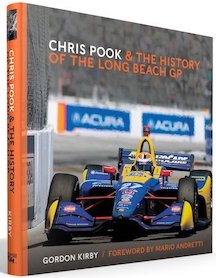
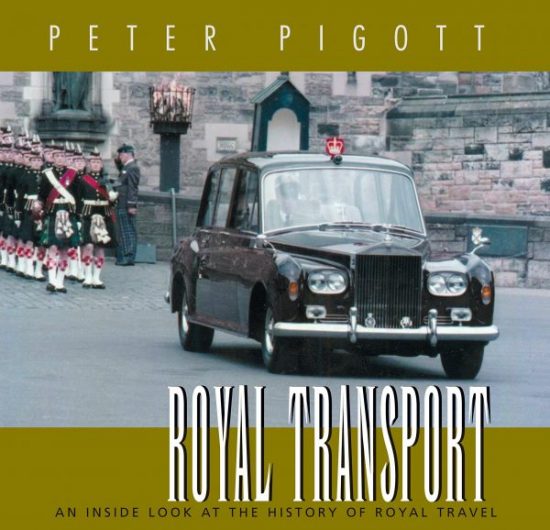
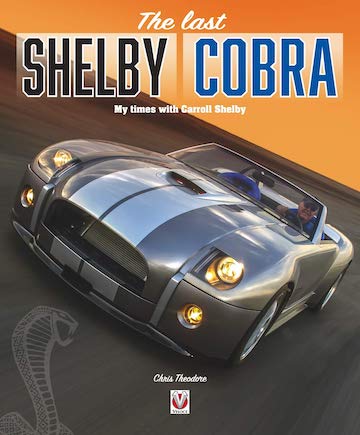

 Phone / Mail / Email
Phone / Mail / Email RSS Feed
RSS Feed Facebook
Facebook Twitter
Twitter
Well if this isn’t the most ridiculous car book ever, I don’t know what is.